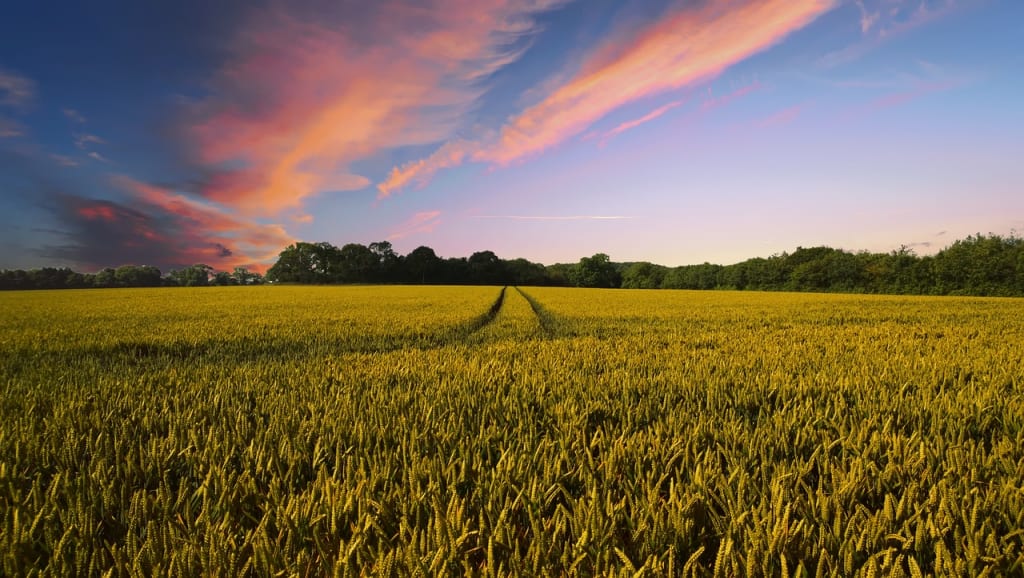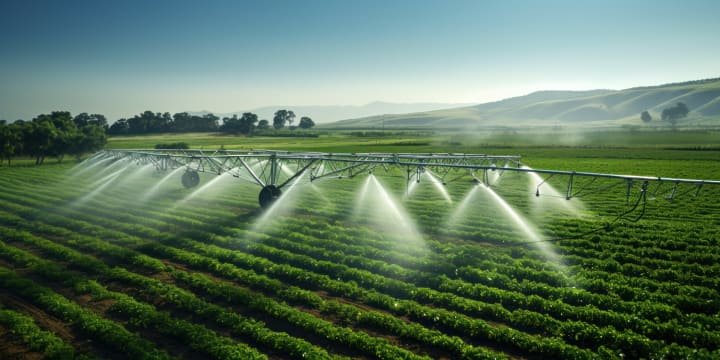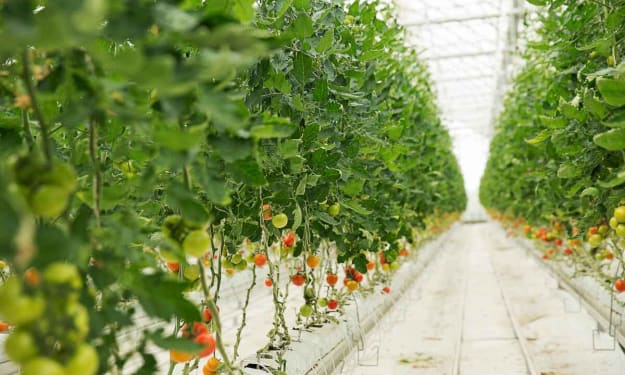The Crucial Role of Meteorology in Agriculture and Farming
Nurturing Growth

Meteorology, the study of atmospheric phenomena, along with weather forecasts, plays a pivotal role in agriculture and farming. It provides invaluable insights into weather patterns, climatic conditions, and natural events, empowering farmers with the knowledge needed to make informed decisions. From planting crops to managing livestock, meteorological data and accurate weather forecasts serve as guiding lights for maximizing productivity and mitigating risks in the agricultural sector. In this article, we explore the multifaceted role of meteorology and weather forecasting in agriculture, highlighting their significance in driving productivity, sustainability, and resilience in the face of a dynamic and ever-changing environment.
Understanding Weather Patterns:
One of the fundamental aspects of meteorology in agriculture is understanding weather patterns. Farmers rely on meteorological forecasts to plan their planting, harvesting, and irrigation schedules. By analyzing temperature fluctuations, precipitation levels, and wind patterns, farmers can optimize their crop cultivation practices. For instance, planting decisions are often based on frost dates and growing degree days, ensuring crops are sown at the most favorable times for optimal growth.
Weather Forecasting for Precision Agriculture:
Weather forecasting plays a crucial role in precision agriculture, where data-driven decisions are made to optimize resource use and increase productivity. Advanced weather forecasting models, coupled with real-time weather data, allow farmers to make precise decisions regarding irrigation, fertilization, and pest management. For example, predictive models can help farmers anticipate periods of heavy rainfall or drought, enabling them to adjust irrigation schedules accordingly and minimize water wastage.
Managing Pest and Disease Risks:
Meteorology and weather forecasting also aid in managing pest and disease risks in agriculture. Certain weather conditions, such as high humidity or prolonged periods of rainfall, can create favorable environments for pests and diseases to thrive. By monitoring meteorological data and weather forecasts, farmers can implement preemptive measures such as timely pesticide applications or crop rotation strategies to minimize the impact of infestations. Additionally, weather forecasts help predict disease outbreaks, enabling farmers to take proactive steps to protect their crops and livestock.

Optimizing Water Resources:
Water is a precious resource in agriculture, and meteorology, along with weather forecasting, plays a crucial role in its efficient utilization. By analyzing rainfall patterns and soil moisture levels, farmers can implement precise irrigation strategies to ensure adequate water supply for their crops while minimizing wastage. Weather forecasts provide valuable information about upcoming precipitation events, allowing farmers to plan irrigation activities accordingly and maximize water efficiency.
Enhancing Crop Yields:
The integration of meteorological data and weather forecasting with modern agricultural technologies has revolutionized crop management practices. Through the use of weather monitoring sensors, satellite imagery, and predictive modeling, farmers can optimize fertilization schedules, crop rotations, and pest management strategies with unprecedented precision. This data-driven approach not only maximizes crop yields but also promotes sustainability by reducing the reliance on chemical inputs and minimizing environmental impact.
Mitigating Climate Risks:
Climate change poses significant challenges to agriculture, including extreme weather events, shifting precipitation patterns, and rising temperatures. Meteorology and weather forecasting play a critical role in helping farmers adapt to these changing conditions by providing early warnings and risk assessments. By understanding long-term climate trends and variability, farmers can implement resilient farming practices such as drought-resistant crop varieties, soil conservation techniques, and diversified farming systems that are better suited to withstand climatic uncertainties.

Conclusion:
In conclusion, meteorology and weather forecasting are indispensable tools for modern agriculture and farming. From predicting weather patterns to managing pest risks and optimizing resource utilization, meteorological data and accurate weather forecasts empower farmers to make informed decisions that enhance productivity, profitability, and sustainability. As the agricultural sector continues to face evolving challenges, the integration of meteorology and weather forecasting with innovative technologies will be key to ensuring food security and resilience in the face of a changing climate.
About the Creator
Santosh Sahu
A web developer living in Bangalore, Karnataka, India. A fan of technology, web development, and education. Also interested in entrepreneurship and programming.






Comments
There are no comments for this story
Be the first to respond and start the conversation.